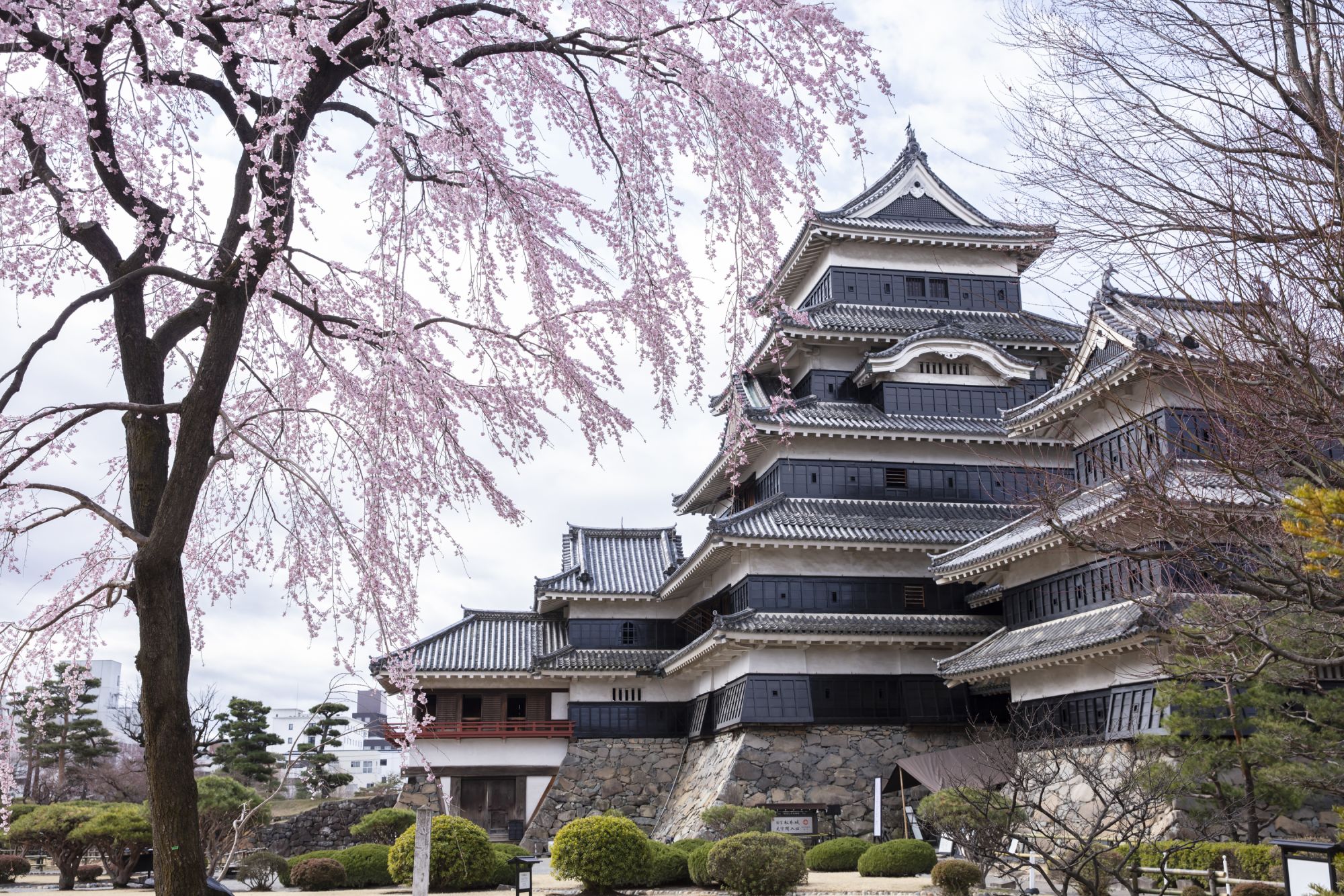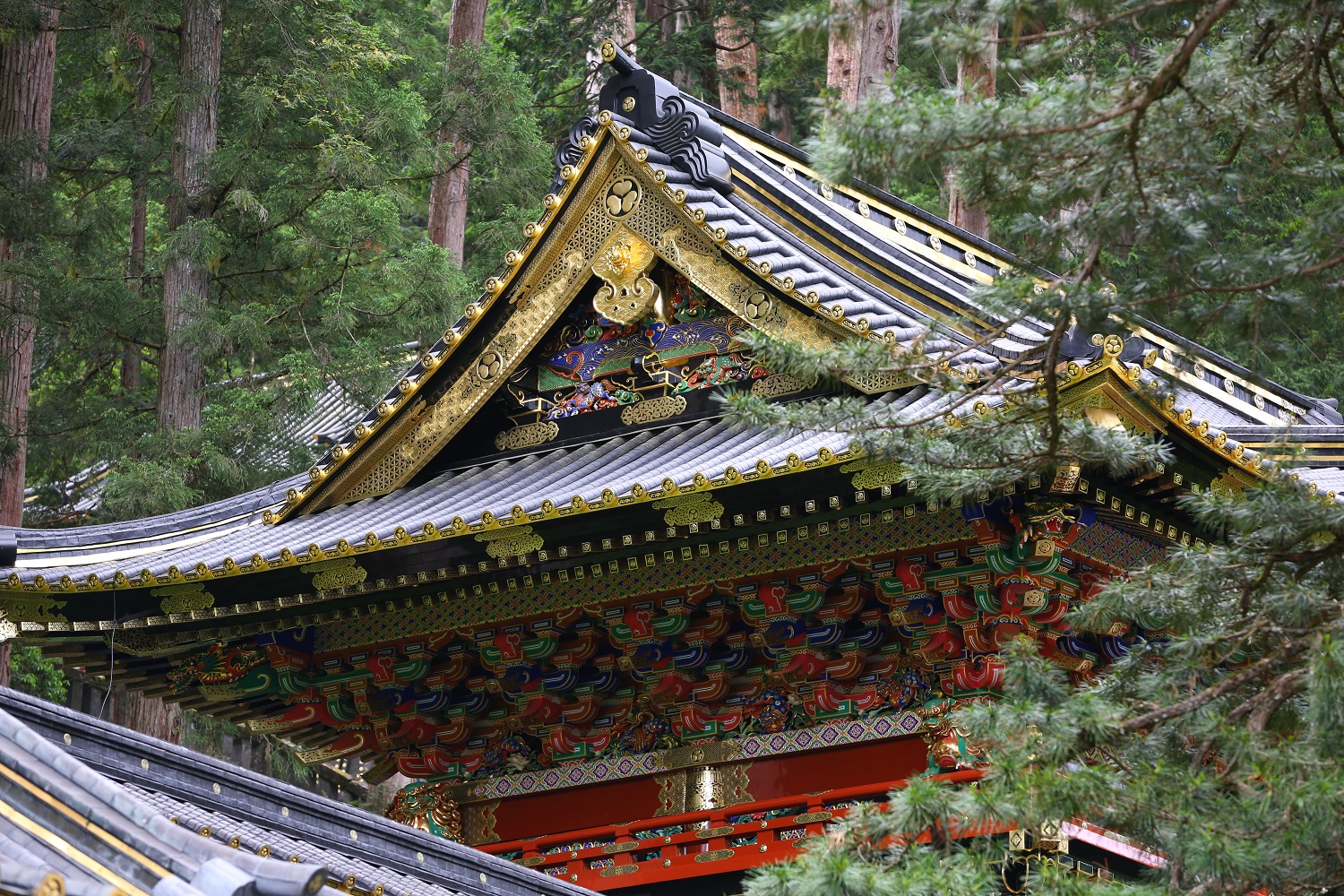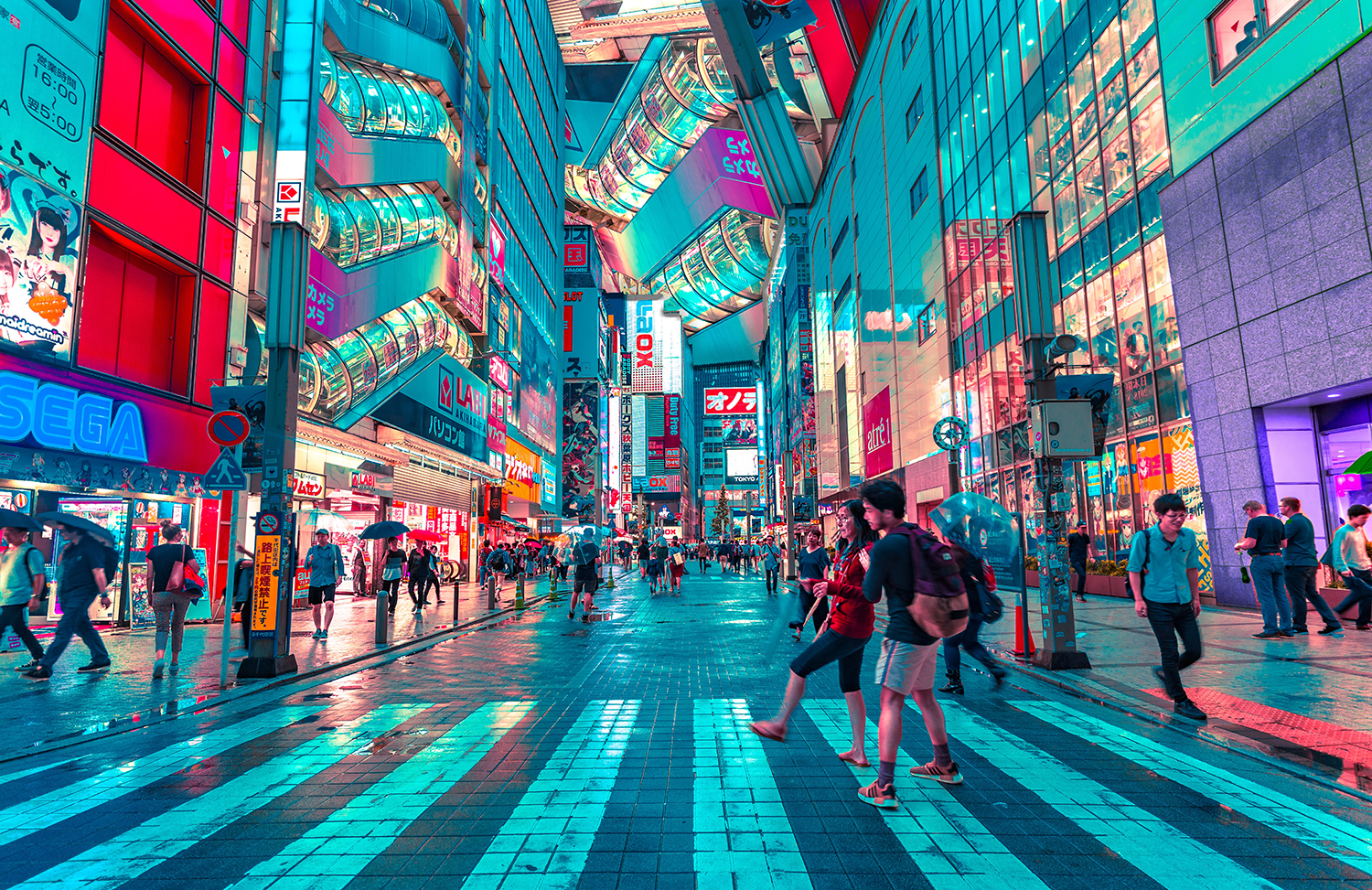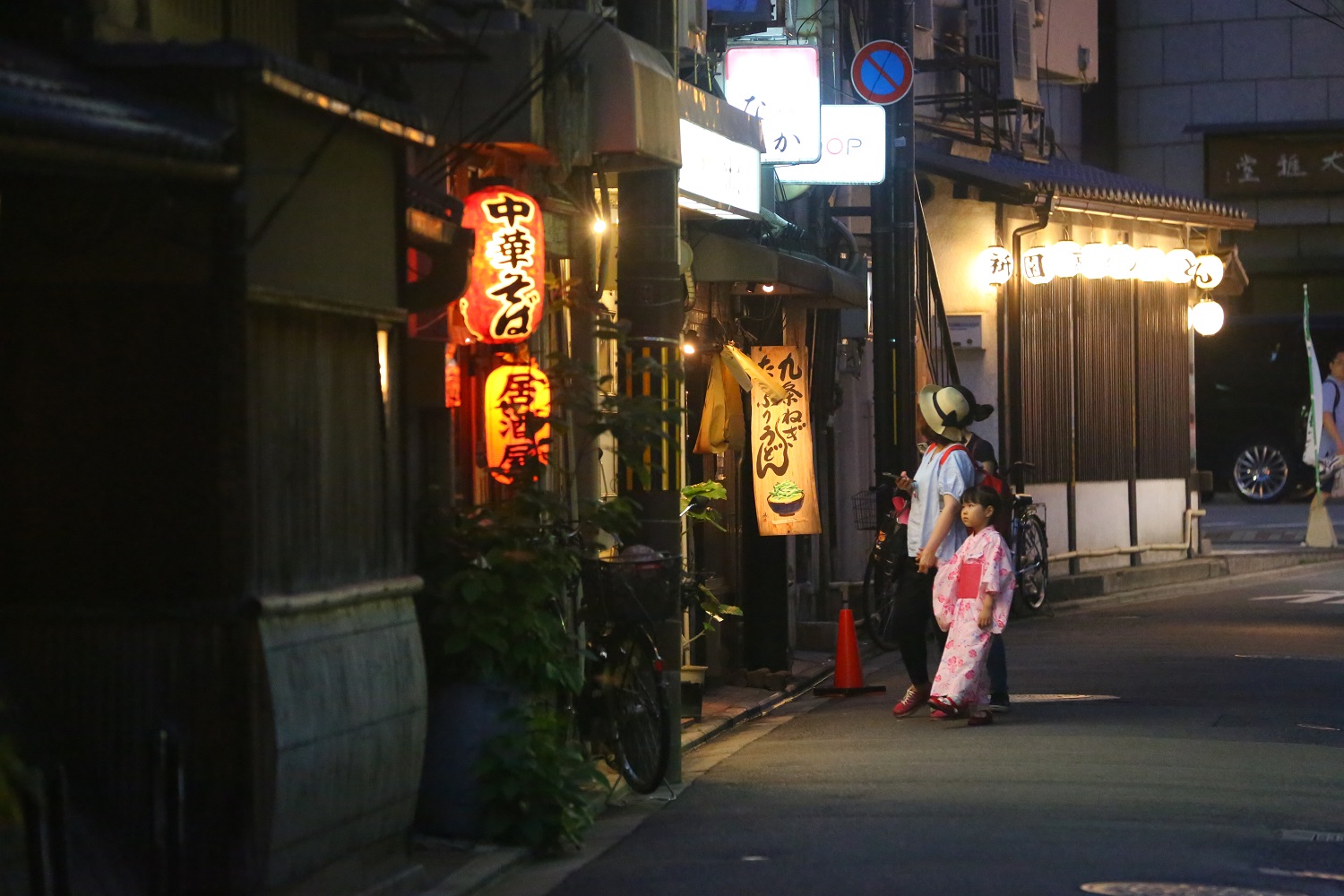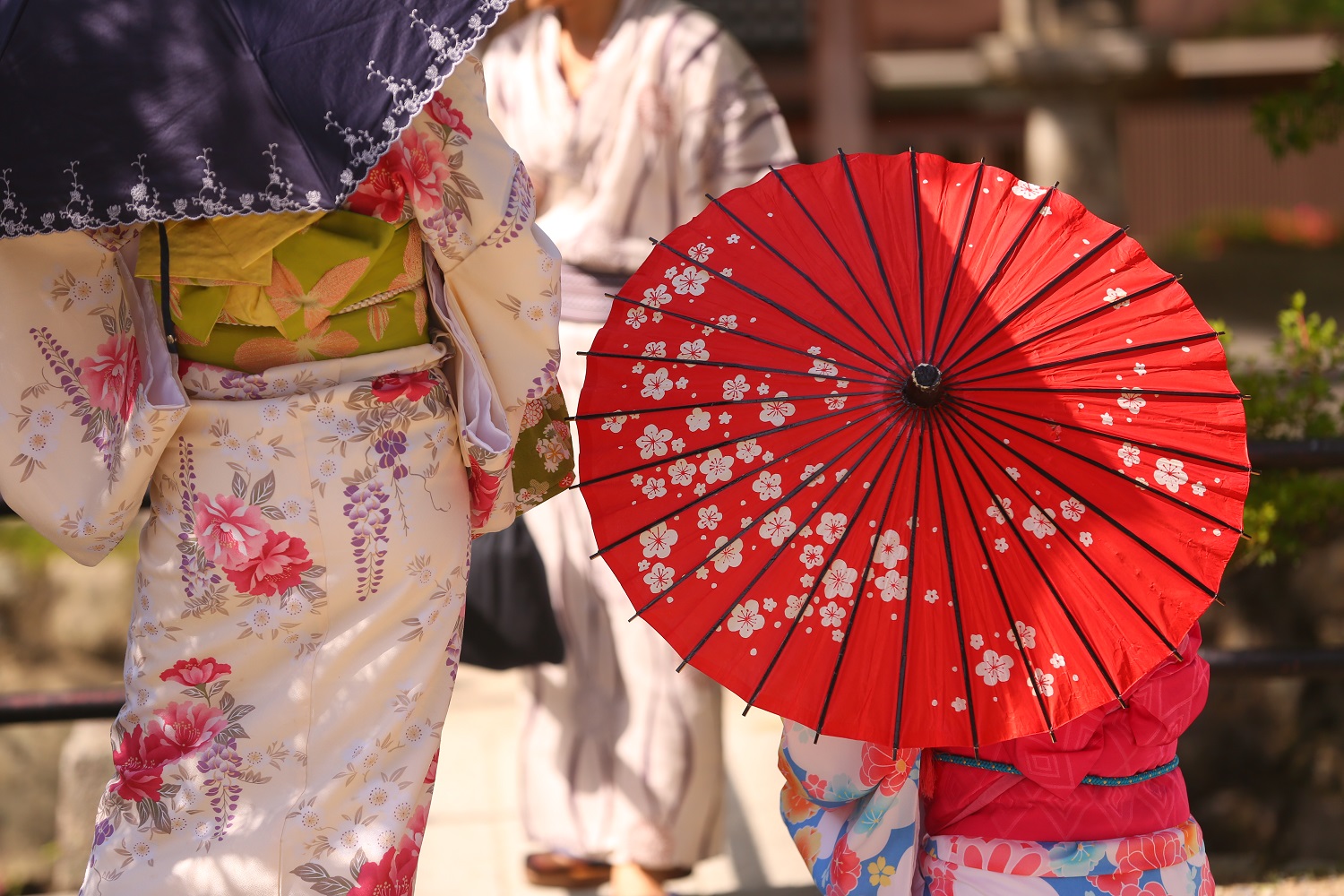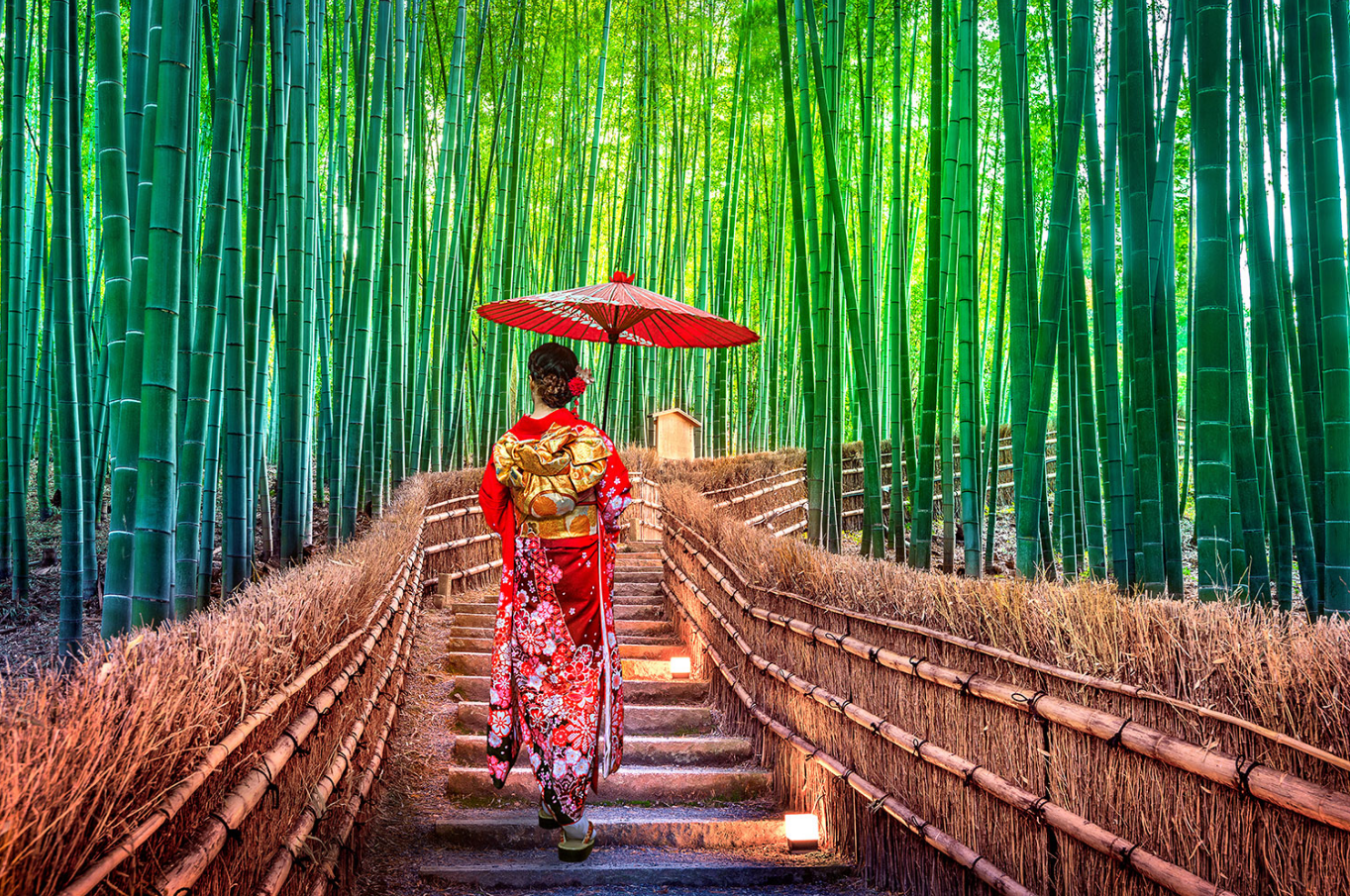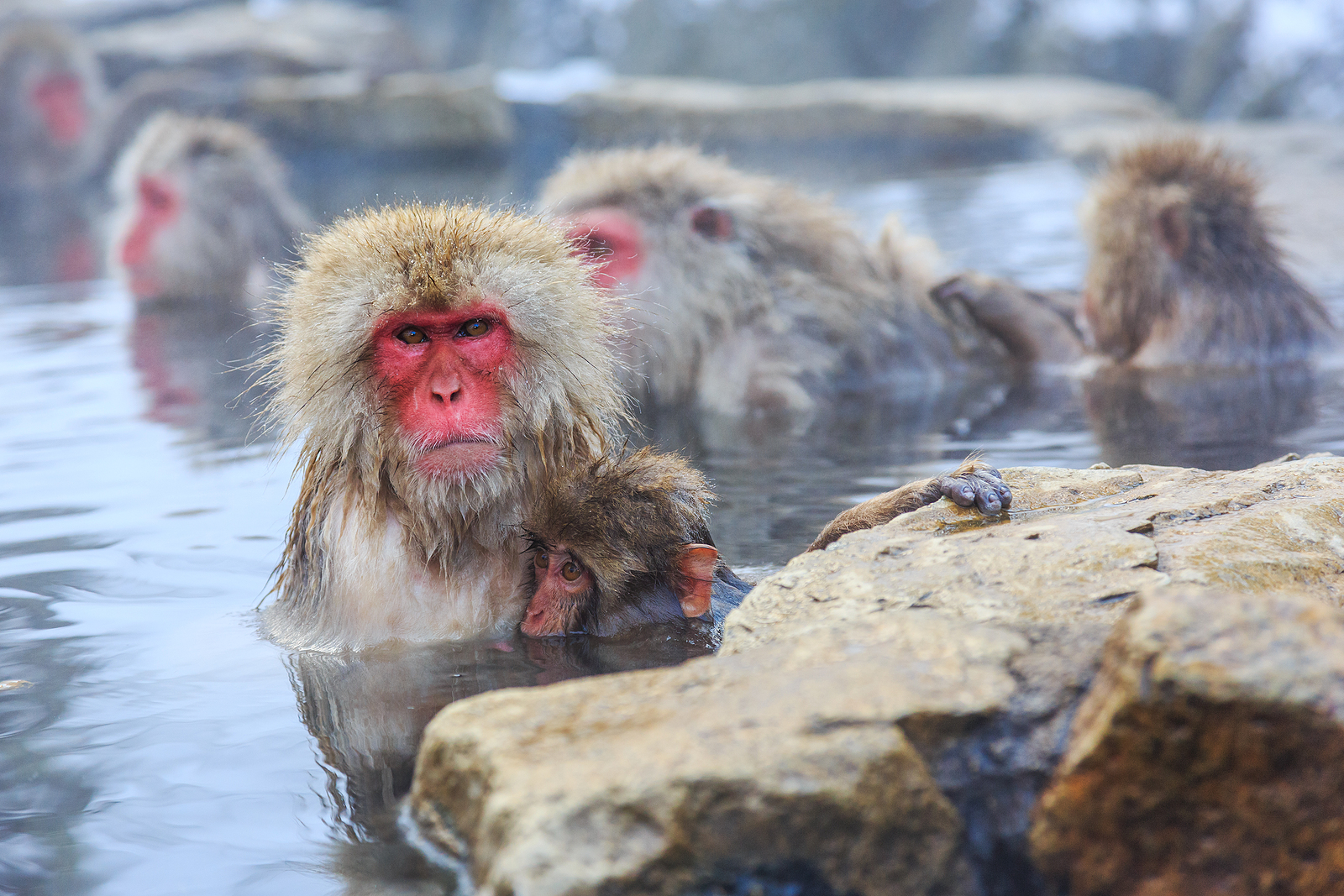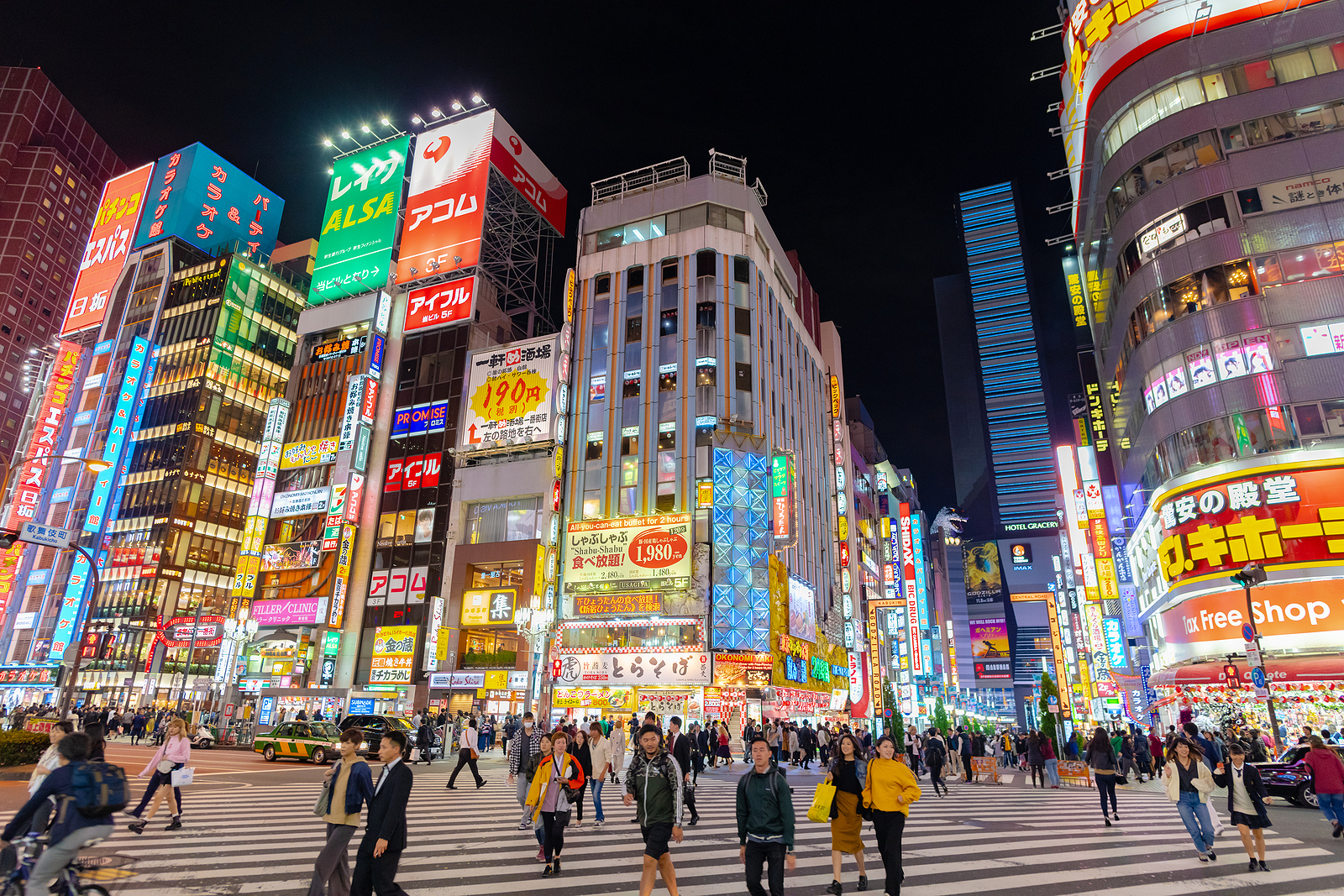Overview
Christopher has used his knowledge of Japan based on his recent magazine assignments to create a sensational 14-day itinerary that incorporates a dream-list of destinations and festivals, while tantalizingly unveiling secretive, enigmatic Japan. The trip is timed for Japan’s famous sakura—when the mesmerizingly beautiful cherry blossoms explode in riotous color. This is the best time of year, when the weather is crisp and the skies crystal clear.
As the cherry blossoms burst open across the country, the Japanese delight in picnicking and hanami (flower viewing) parties to appreciate the transient beauty of the flowers, announcing the arrival of spring. The entire culture becomes besotted, with cherry blossoms appearing on all manner of commercial products… not to mention in manga and anime! Timing varies every year, depending on the weather, with more southerly regions blooming first (typically in mid-March) and the far northern islands last. And different varieties bloom at different times, so even if one or two of our destinations are not at their best, others will be.
Of course, we’ll also thrill to photographing Tokyo’s über-contemporary neon-lit Shibuya and Shinjuku districts, as well as the Imperial Palace and other top venues… as well as visits to magnificent temples and Buddhist shrines… jaw-droppingly gorgeous Mt. Fuji… two days in the Japanese Alps, where you’ll photograph the world-famous “snow monkeys” soaking in steaming hot tubs… plus Kyoto, the ancient Japanese capital, with its geishas strolling the lantern-lit streets in kimonos. Plus, we’ll have our own private portrait sessions with maikos (trainee geishas), as well as a chance to photograph traditional weavers and a master katana swordsmith at work.
Along the way, you’ll be immersed in traditional, ancient Japan as we explore its tooi inaka (deep country), dress in yukatas (casual kimonos), feast on fresh seafoods, soak in communal onsen (hot springs), sleep on comfy futons atop tatami mats… and return home stress-free, serene, and with your memories (and memory cards) chock-full of indelibly wonderful memories.
PLEASE NOTE: Japan’s world-renowned sakuro is extremely popular; expect hordes of people at many venues. This tour includes a significant amount of walking and stair-climbs in Tokyo and Kyoto, including in expansive subway stations.
Itinerary
(Subject to change)
Day 1: (Mar 28) Tokyo Participants arrive and settle into our hotel, in the heart of Ginza, Tokyo’s foremost shopping district and perfect for sensational nighttime photography, with its blaze of neon-lit facades. Meet with Christopher in the evening for orientation, then a welcome dinner. Overnight in Tokyo.
Day 2: (Mar 29) TokyoWe begin with an early morning walk to Hibiya Park and the Tokyo Imperial Palace Garden (including Chidorigafuchi Lake), and then to Ueno Onshi park. All three venues are renowned for their spectacular cherry blossom sakura. Depending on time, we may also visit the Yanaka Cemetery—in springtime awash in cherry blossoms—and Yanaka Ginza area, where narrow alleys teem with photogenic stalls and shops. You’ll have free time this afternoon: a chance to explore such sights as the Senso-Ji Shrine. For sunset, we walk along the Meguro River, between Gotanda and Meguro Sky Garden illuminated for the sakura with pink lanterns.
ALTERNATIVE ITINERARY:
We begin with a morning walk in the lovely Shinjuku Garden, awash with cherry blossoms in springtime. Then, we’ll visit nearby Meiji-jingu shrine, set in its own spacious park renowned for its spectacular sakura displays. We’ll hope to also spot some Japanese dressed in cosplay in Yoyogi Park and in Takeshita street in adjacent Harajuku, which we’ll explore after lunch. We’ll close the day with a late afternoon stroll along Omotesando, with its astonishing architectural highlights. Time permitting, we may also include Shibuya Crossing, the world’s busiest pedestrian crossing. Overnight in Toyko.
Day 3: (Mar 30) Five Lakes & Mount Fuji Today we head west from Tokyo to the Five Lakes district, offering stupendous views of Mount Fuji across the azure lake waters. We’ll base ourselves here for two days of photography amid one of Japan’s premier sakura experiences. Arriving the ‘Five Lakes’ region, we’ll begin by photographing around Lake Yamanaka, known as “Swan Lake,” for its resident trumpeter swans along the north shore. If there is an early spring bloom, we’ll then head to Hananomiyako Park to photograph the magnificent floral displays, with Mt. Fuji as a backdrop. Time permitting, we’ll enjoy a stroll to the lovely Kitaguchi Hongu shrine. Today’s highlight will be photographing sunset from the Arakuren Sengren Shrine, with its five-storied Churieto Pagoda overlooking the town of Fujiyoshida and, beyond, snow-capped Mt. Fuji. Overnight Lake Kawaguchi.
Day 4: (Mar 31) Five Lakes & Mount FujiWe’ll rise early this morning for sunrise photos of Mt. Fuji before returning to the hotel for breakfast. We’ll then spend the morning photographing around Lake Kawaguchiko, including (depending on lighting and weather conditions on the day) from our superb perspective on the lake’s eastern shore. After breakfast, we’ll visit Kogamasao Memorial Park, with its lovely views of Mt. Fuji framed by cherry blossoms; and the nearby Kubota Itchiku Art Museum, dedicated to the revived art of centuries-old Tsujigahana silk dyeing, used to decorate elaborate kimonos. Then on to Oishi Park–a landscaped lakefront foreground for more images of Mount Fuji, and offering some excellent lunch venues, If the shibazakura (moss phlox) have already burst into bloom, we may continue to Fujigane to witness the spectacular display—entire fields of pink, white and purple flowers spread like a carpet in front of the sacred volcano. In late afternoon, we’ll head to Saiko Iyashi no Santo, a traditional thatched village with traditional craft workshops and where we’ll photograph a model dressed in kimono. (If it’s raining, we may visit the Ide Sake Brewery to learn the traditional craft of producing Japan’s favorite tipple.) Overnight Lake Kawaguchi.
Day 5: (Apr 1) Shinkansen & Kyoto This morning we’ll journey to Shizuoka and catch the Shinkansen “bullet train” to Kyoto, the ancient Imperial capital, boasting more than 1,600 temples! After checking into our hotel, we’ll spend the balance of the afternoon visiting the mountainside Kiyomizua-dera temple for golden hour photography (the temple closes at 6pm, just before our April sunset). Strolling to and from the temple via the narrow streets of the historic, albeit crowded, Ninenzaka area offers a smorgasbord of sensational images, with women in traditional kimonos, wooden shops adorned with lanterns, and even rickshaws! [NOTE: Today, your luggage will be transferred to Kyoto by bus, arriving the following day. You will need to bring a day pack for the train journey and overnight.] Overnight in Kyoto.
Day 6: (Apr 2) Kyoto Up bright and early this morning to visit the Arashiyama “bamboo forest,” a sublime setting for creative sunrise photography before the crowds arrive. Our photo session will be enhanced by a model in kimono, plus rickshaw. We’ll then return to the hotel for breakfast before visiting the Nishijin district and the Orinakusan weaving house to photograph traditional silk costumes being made. This afternoon we return to the Ninenzaka area for a private tea ceremony . You’re then free to explore Ninenzaka and Kyoto at leisure. Overnight in Kyoto.
Day 7: (Apr 3) Kyoto Up very early again today to beat the crowds to Fushimi-Inari shrine, renowned for its 10,000 vermilion tori gates snaking up the mountainside. We’ll then have a portrait session with a maiko (an apprentice geisha) in Maruyama Park. This evening, we’ll head to the lantern-lit Gion district to photograph geishas scurrying to their club and restaurant appointments. We close the day with a traditional Japanese dinner attended by a geisha. Overnight in Kyoto.
Day 8: (Apr 4) Seki & TakayamaDeparting Kyoto early this morning, we’ll head northeast to Seki, Japan’s capital of samurai sword manufacture. Here, we ‘ll have a private photography session at the Kajita-Token swordsmith studio, in Tomika. We’ll then head to Takayama, famous for its excellently preserved Edo Period (1603-1868) historical center—Sannmachi Seji. We’ll explore the photogenic historic quarter before checking into our nearby resort hotel. Overnight in Takayama.
Day 9: (Apr 5) “Crow Castle & Togakushi Jinga This morning we’ll photograph Matsumoto’s “Crow Castle.” Built in 1504 and set in a lake surrounded by the castle’s Honmaru Garden—the cherry blossoms in bloom provide perfect frames. We’ll then journey into the Japanese Alps to arrive Shibu Onsen, a charming and historic mountain hot-spring community where it is common to see visitors walking the streets dressed in kimonos en route to and from onsen (hot spring spas). The balance of the afternoon is at leisure. Overnight in Shibu Onsen.
Day 10: (Apr 6) “Snow Monkey Park,” Japanese Alps & NikkoThis morning we get up early to visit the Jigokudaki “Snow Monkey Park” and photograph Japan’s famous “snow monkeys”—a species of onsen-loving macaque that loves to steep in the natural hot springs—before the hordes of tourists arrive! For our full-day drive to Nikko, we may travel a memorably scenic and serpentine route into the Japanese Alps via Mt. Shirane, Oni-Oshidashi temple, and Lake Chuzenji (snow conditions permitting). If the mountains are still snowbound, we will take a southerly lowland route, including Oni-Oshidashi–a temple astride a lava flow on the flanks of Mount Asama. We will overnight in Nikko, a center of Shinto and Buddhist worship for centuries. Overnight in Nikko.
Day 11: (Apr 7) Nikko We spend the morning photographing Shinkiyo Bridge and the Toshogu complex that comprises a UNESCO World Heritage Site composed on more than 100 lavishly decorated temples and shrines. A highlight among many is the Futarasan-jinga temple. Prepare to be awed! After lunch, we will return to Tokyo, where the balance of the afternoon and evening are at leisure… a chance for you to perhaps photograph such iconic venues as the famous Shibuya Crossing (the busiest pedestrian intersection on the planet) and the neon-lit Shinjuku district, with its Godzilla Road and Kabukicho red-light district. Overnight in Nikko.
Day 12: (Apr 8) Tokyo This morning we’ll attend an early morning training ritual at a sumo wrestling stable—a rare opportunity to witness and photograph the quintessential Japanese sport close up and personal. The rest of the day is free to explore a museum, temple, or district of your choice… perhaps the nearby Tsujiki Open Market (the narrow streets, teem with restaurants and shops selling market produce); or Akihabara, the glitzy, neon-lit capital of all things cosplay, anime, and manga-related, This evening we’ll enjoy a slideshow of everyone’s favorite images, followed by our farewell dinner aboard a yakatabune long-boat festooned with red lanterns. Overnight in Tokyo.
Day 13: (Apr 9) TokyoToday, depending on your departure time, you are transported to the airport for your flight home.

